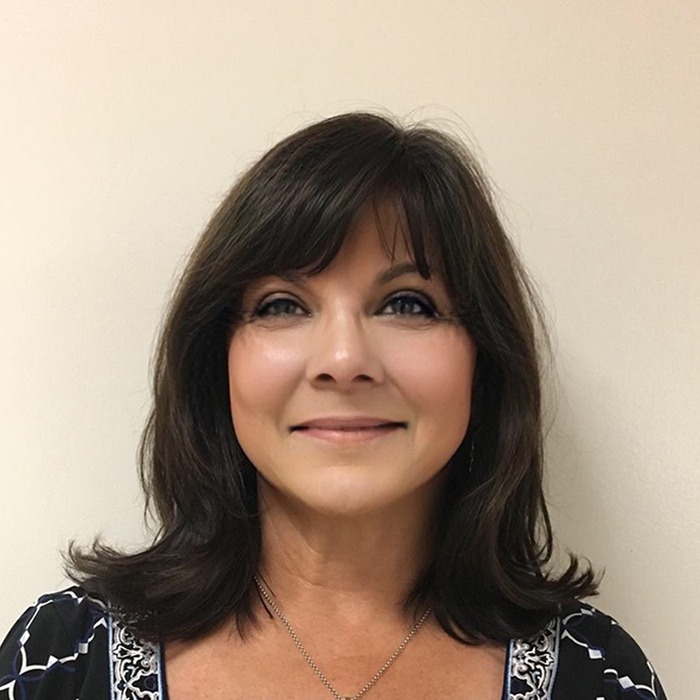
- Registration Closed
Leprosy is a chronic infectious disease caused by Mycobacterium leprae. It’s transmitted through inhalation, is highly infectious and is still prevalent in many areas of the world. Leprosy is a terrible disease that has been feared since biblical times and is referred to as “Walking Death”. It causes nerve damage and muscle weakness that can lead to deformities, disabilities, crippling, blindness and isolation. It usually affects peripheral nerves causing loss of feeling in the hands, feet and eyes, making it difficult to complete daily tasks and hold a job, which in turn leaves those affected in extreme poverty. In Lalgadh, Nepal there is a very successful leprosy hospital that diagnoses over 1,200 new cases of leprosy each year and has over 12,400 leprosy patient visits annually. With this high volume of patients, they are presented with many cases all presenting a variety of symptoms. This presentation will cover the three classifications of leprosy as well as the bio-medical and social courses of the disease. The Lalgadh Leprosy Hospital and Service Center appears to manage more of both new and returning leprosy patients than any other leprosy hospital in the world. Their services go beyond treating the physical aspects of the disease. They have a holistic approach to treating both the bio-medical and social issues these patients face.
CEUs: This histology course is worth 1 continuing education credit. Course is available for 365 days from date of purchase.

Debra Wood, MS, HT(ASCP)
Histotechnology Program Dir. & Clinical Asst. Professor
Indiana University School of Medicine
Debra Wood is the Program Director and Clinical Assistant Professor for the Indiana University School of Medicine Histotechnology Program. After working as a histotechnologist in both clinical and veterinary labs she had a desire to teach. She now puts all of her energy into teaching histotechnology principles and techniques to college students in over 400 laboratories nationwide. She is also passionate about volunteering at the state, national and international levels. Currently, she is the NSH Educators chair, ASCP Program Director's Advisory Committee member, ASCP Scholarship Committee member, National Accrediting Agency for Clinical Laboratory Sciences (NAACLS) Site-Visitor/Paper Reviewer and Indiana Society for Histotechnology president. In the past she served in the NAACLS Review Committee for Accredited Programs, ASCP HT/HTL/QIHC Exam Committee Chair, NSH Credentialing Chair. In 2018-2019 she worked with the Lalgadh Leprosy Hospital & Service Center in Nepal to establish a histology lab. From lab design and obtaining equipment & supplies to training laboratory personnel she has gain experience of volunteering in a foreign country. Her goals now are to share what she has learned from volunteering to help others do the same.
